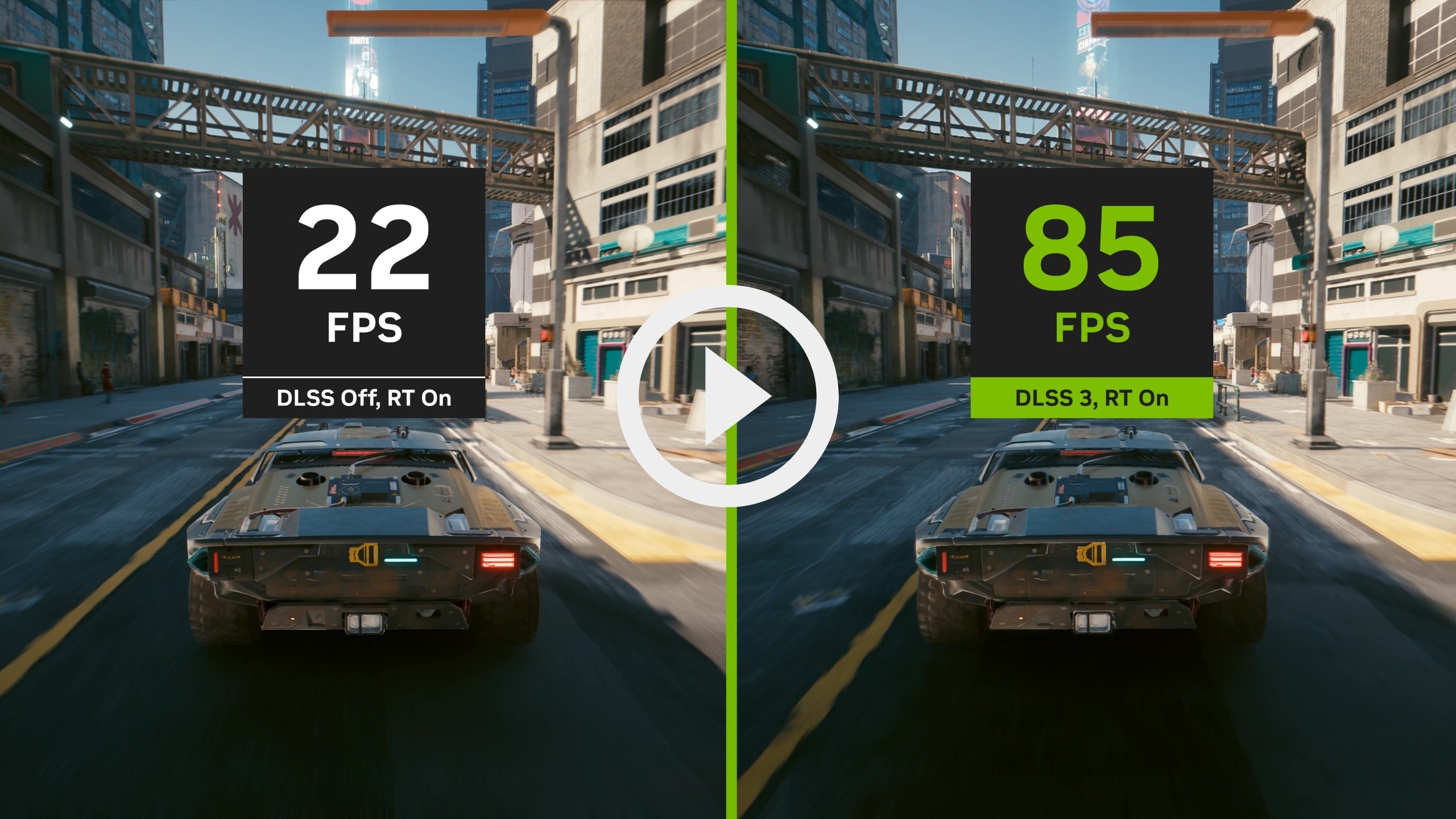A while ago the dated PlayStation 4 and Xbox One were able to, against all expectations, run games at 4K. It seemed unbelievable, given how underpowered the hardware was. But the magic was achieved with upscaling techniques, meaning that the images outputted weren’t 4K at all, technically speaking. They were actually 1080p images being dynamically upscaled, allowing dated hardware to keep pace with more powerful systems.
Flash forward and modern GPUs now have the benefit of deep learning super sampling (DLSS.) What is DLSS, how does it achieve what is essentially magic, and is it all it’s cracked up to be? NVIDIA love to throw technical terms and jargon around, confusing all but those carrying around tech dictionaries. But DLSS isn’t as complicated as it seems, being nothing more than an advanced upscaling technology.
How Does It Work?
If you’ve ever put a low quality photo through an online upscaler, you’re already familiar with how the tech works. A basic set of data, the low quality image, is provided. This data can then be used by automated systems to try creating a higher quality version. The limitations, as you probably already know, are that only so much can be done with the original data. Which is to say; information can’t be created from nowhere.
But what if the system already had all the information it needed? The ‘deep learning’ part of DLSS is that NVIDIA has already provided the system with thousands, or even millions of extremely high quality images of a game. Using this data DLSS can reliably upscale images to a higher resolution, without losing almost any clarity. It’s a fantastic solution to be sure, but with a fairly major drawback. The hard lifting of deep learning, inputting millions if images, has to be done in advance. This means that only games with the hard lifting already done can use DLSS, for obvious reasons.

What Is DLSS Good For?
Head to an expertly designed online casino like Big Dollar and you’ll find fairly impressive 3D games. The Roulette simulations look wonderful, some even on par with modern games. But don’t be fooled, these 3D images are actually 2D renders. Online casinos use a neat trick that preserves 3D quality while actually outputting 2D, allowing the impressive graphics to run on just about any system.
It’s the same basic principle with DLSS. By processing lower quality images to higher resolutions the tech allows older systems to output incredible graphics fidelity. As with the PlayStation 4 and Xbox One mentioned earlier. NVIDIA has essentially created a workaround that sidesteps a big part of the hardest computational work, namely by doing it themselves.
Of course, the company has also limited DLSS to their RTX series of graphics cards. This means that some cash will have to be put down in order to see the benefits, cutting out those that aren’t already riding the cutting edge of technology. Either way, DLSS is an interesting glimpse of where gaming is headed. Who knows what else deep learning is capable of in the rendering landscape?
